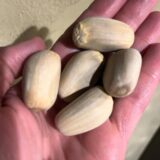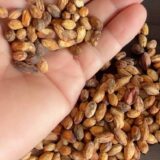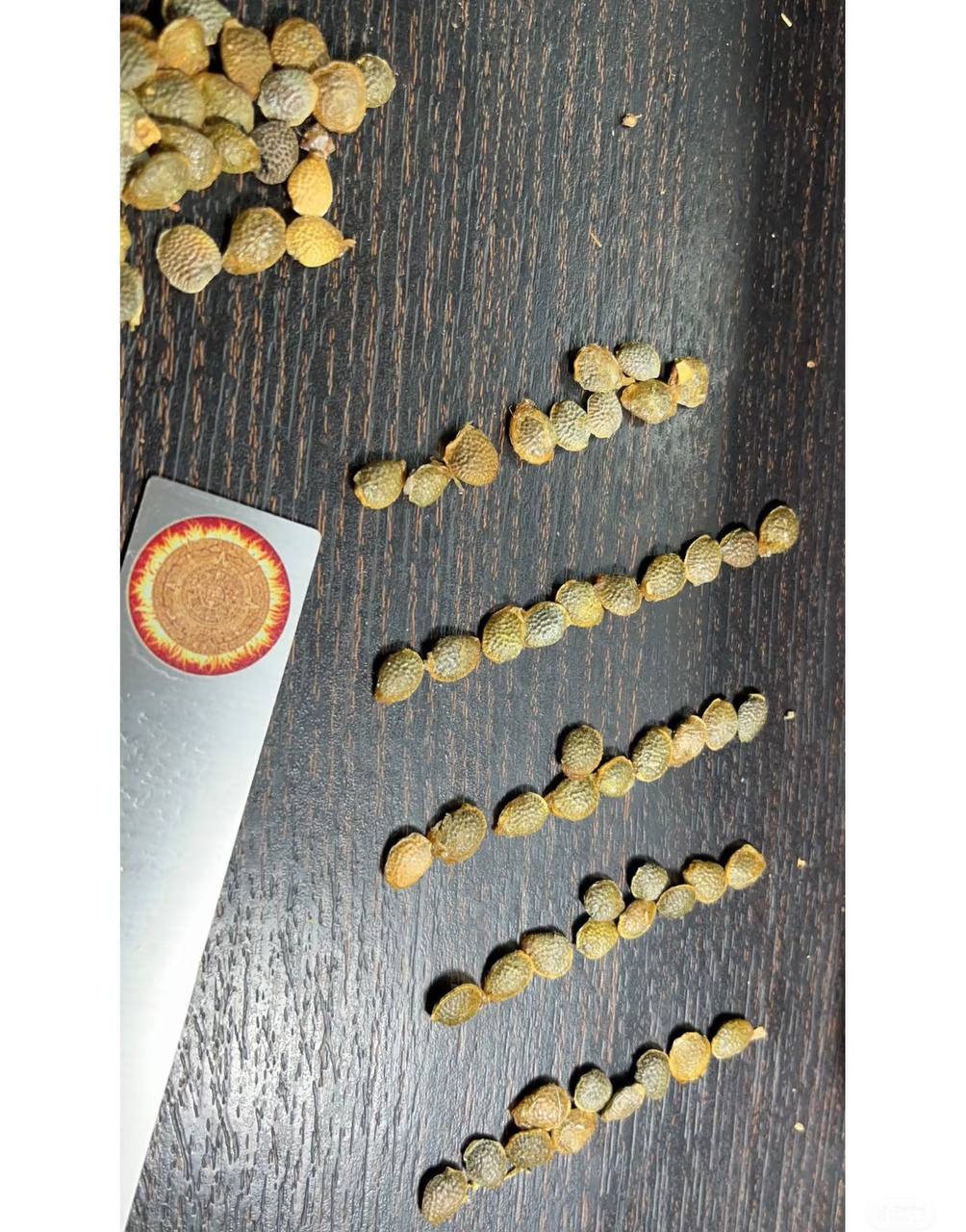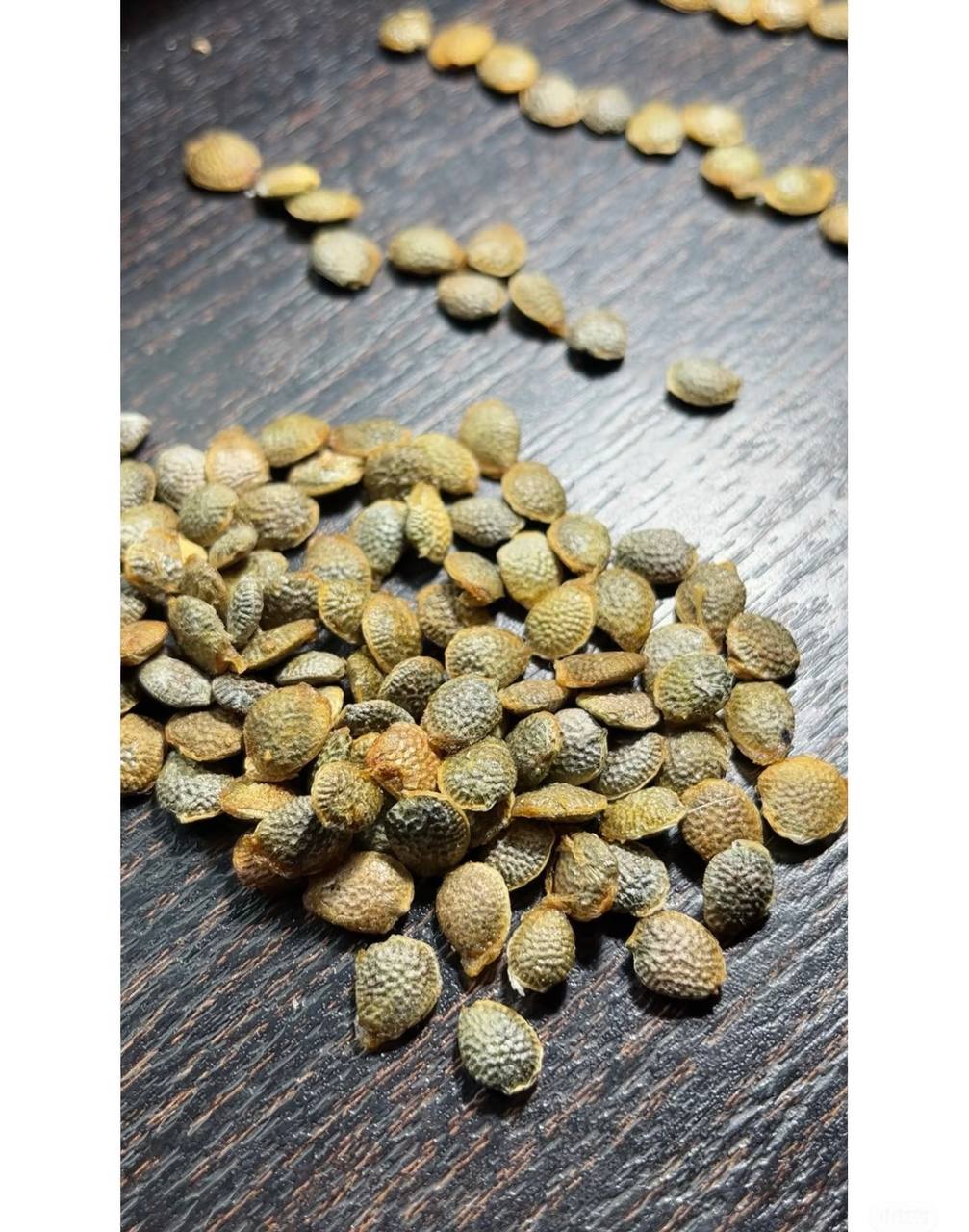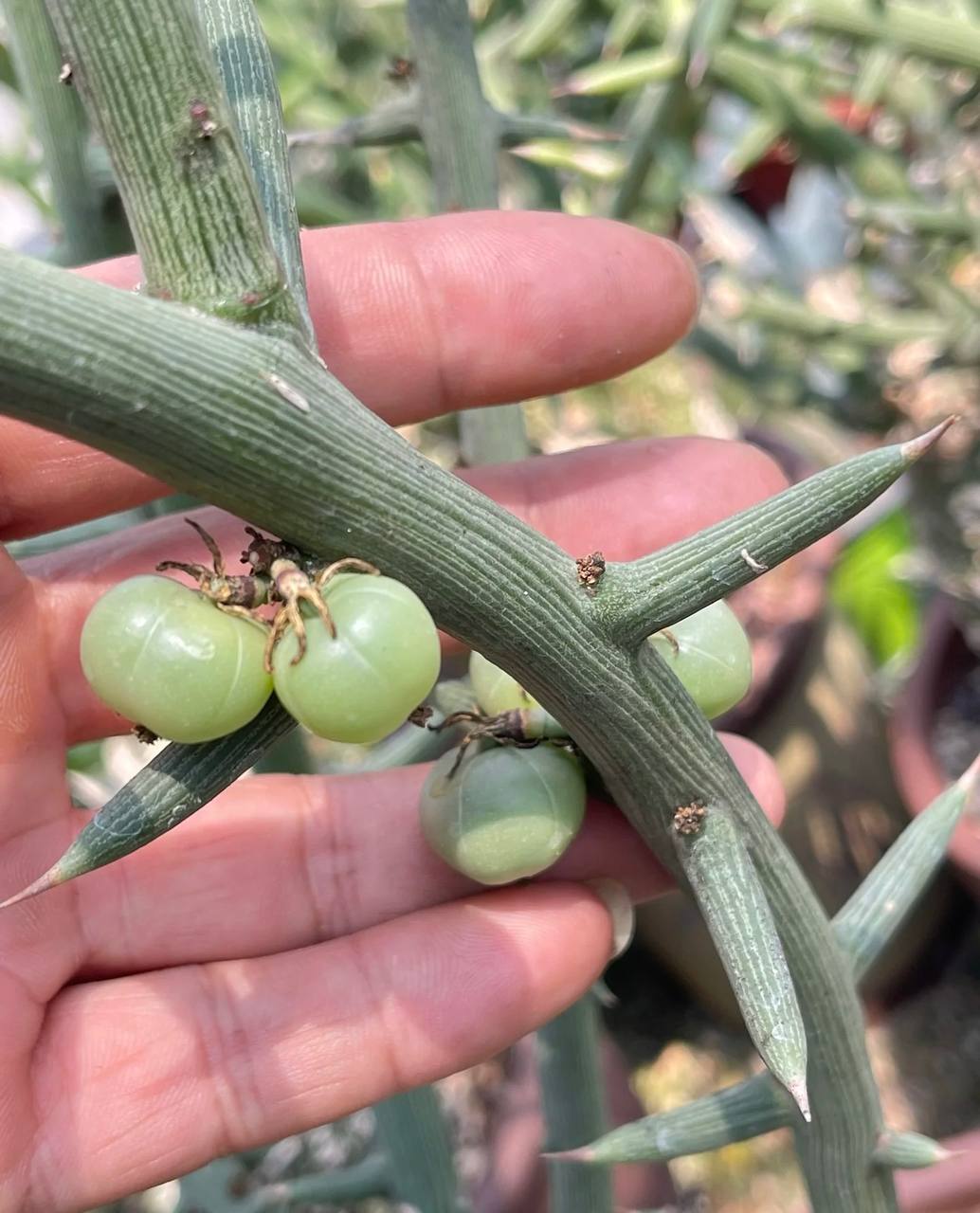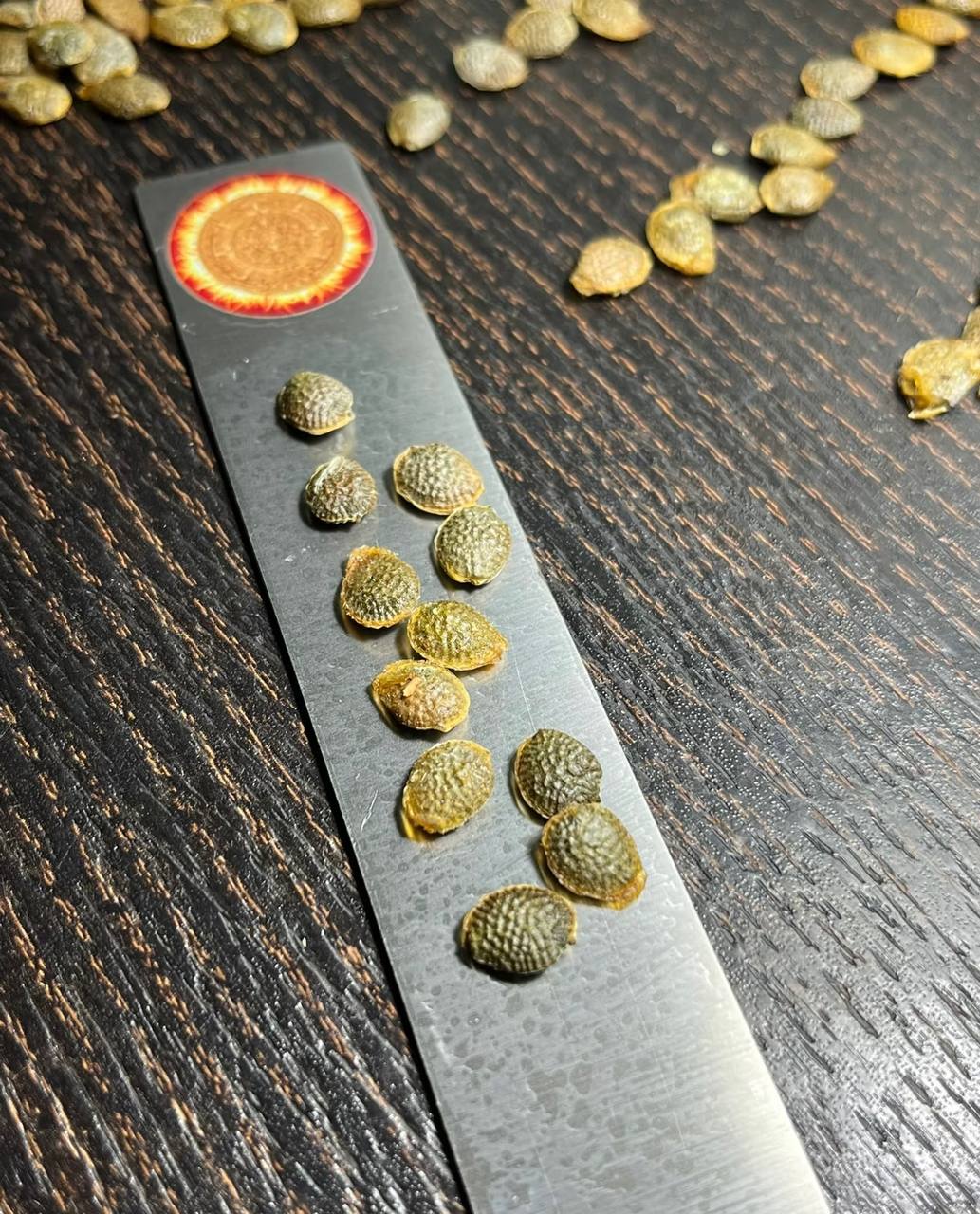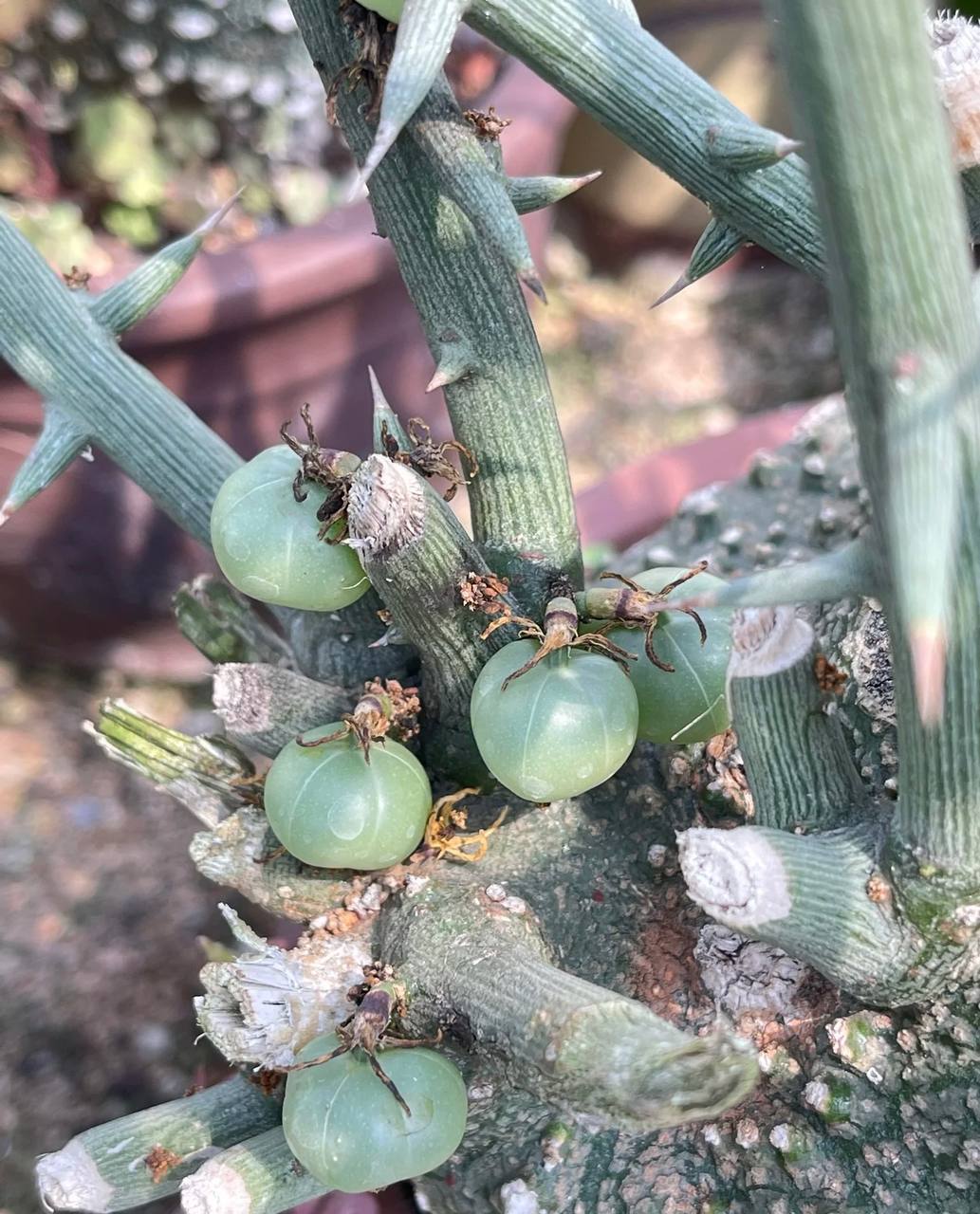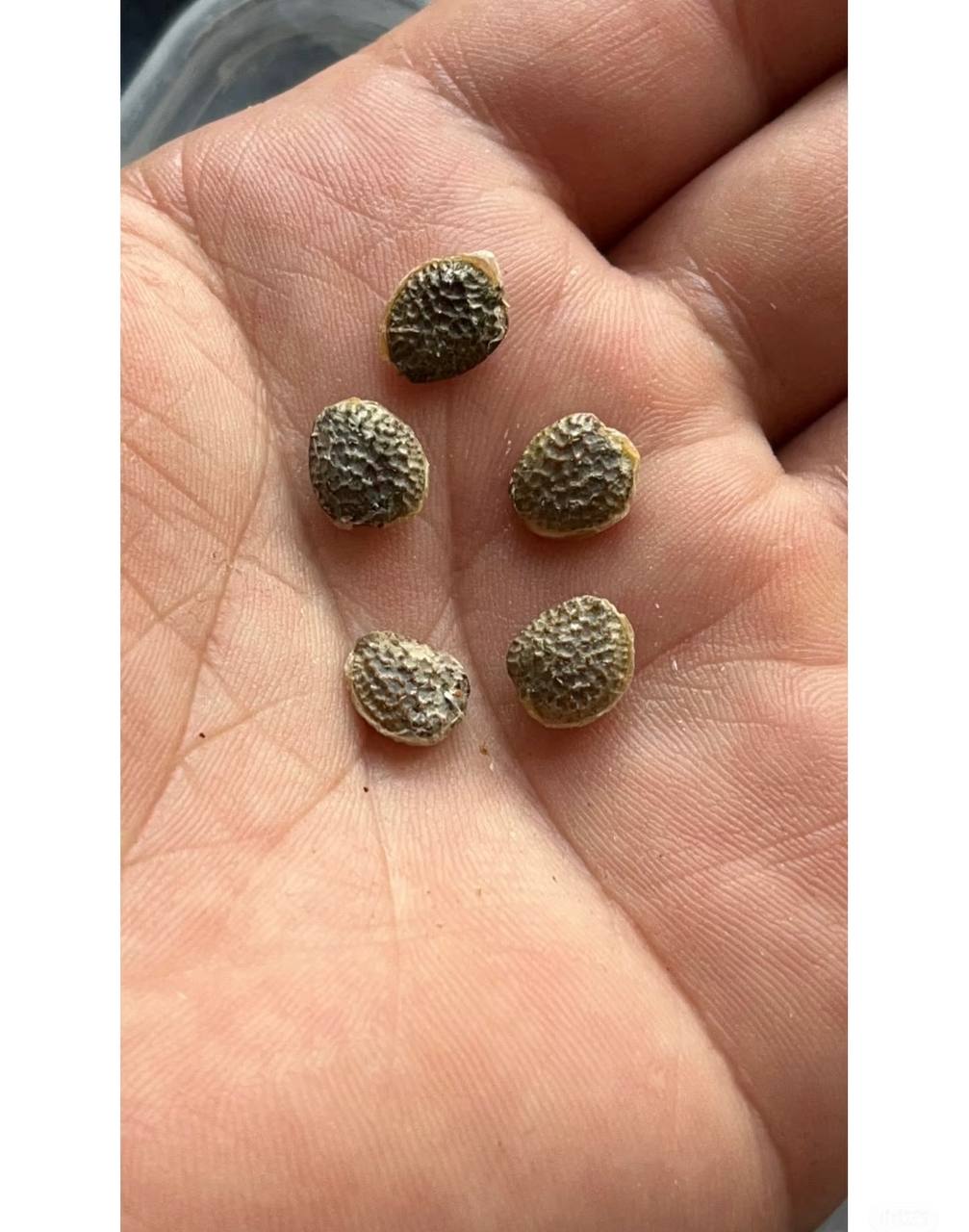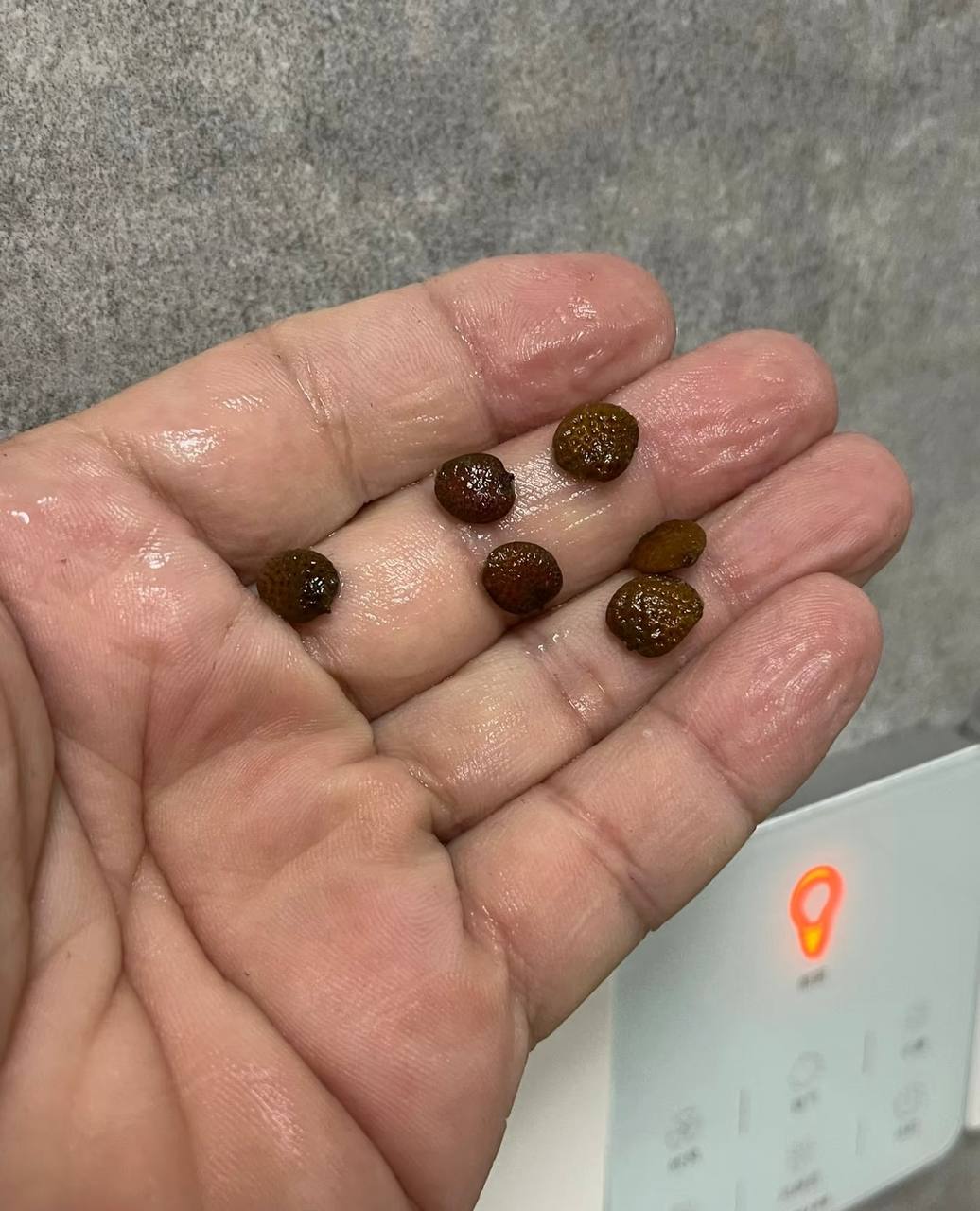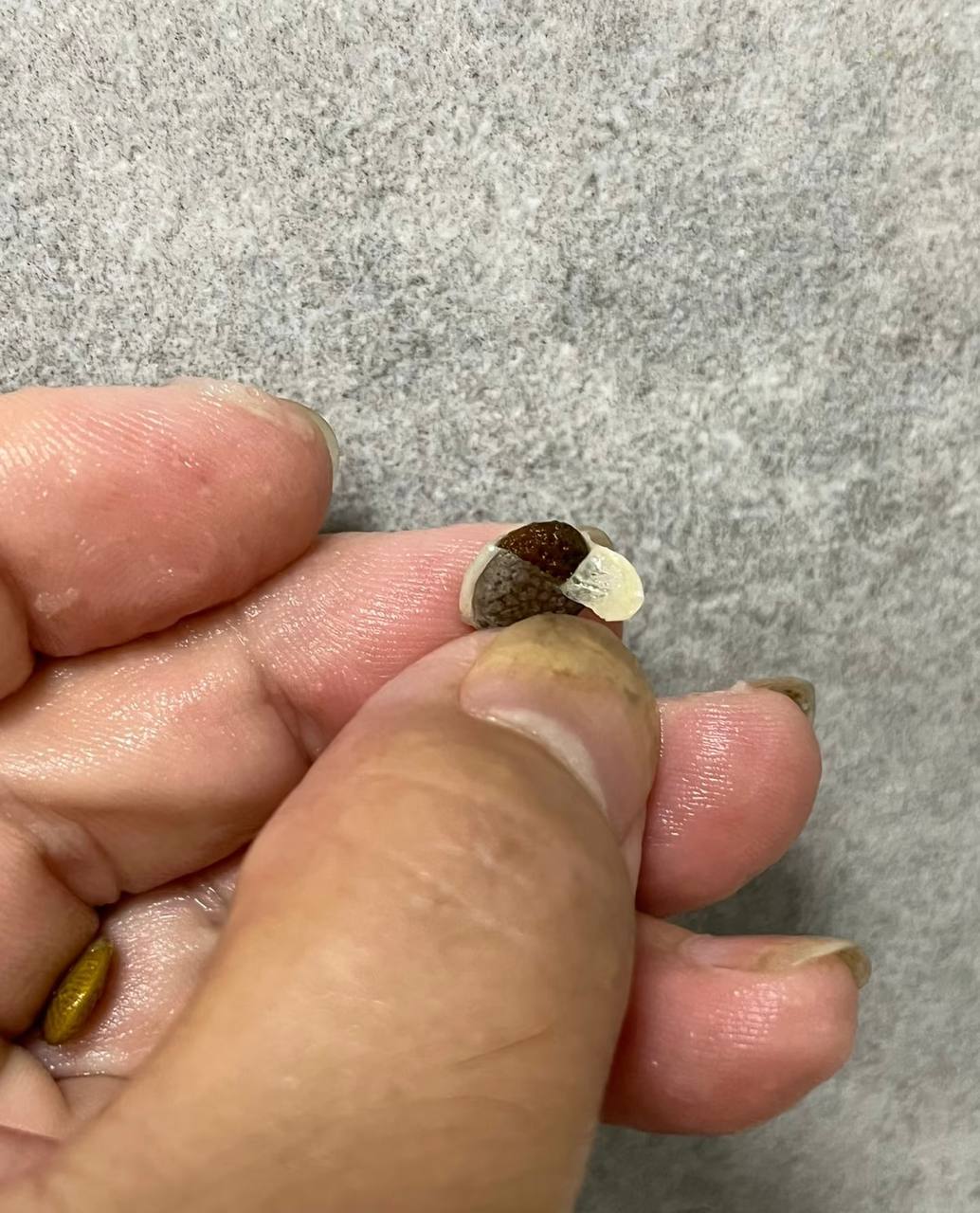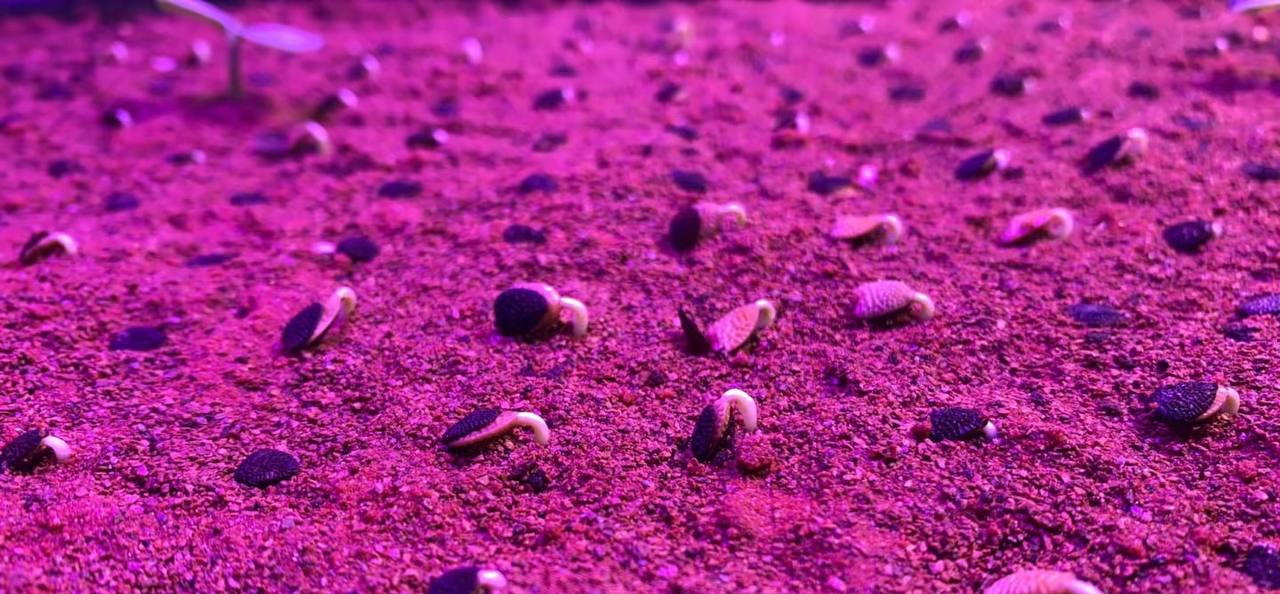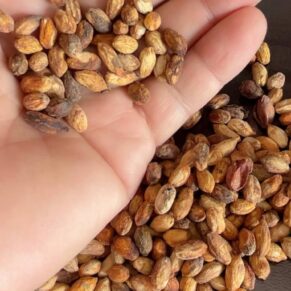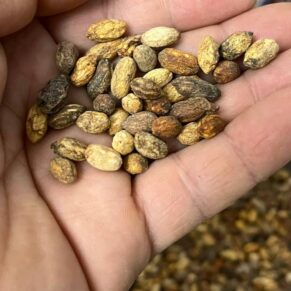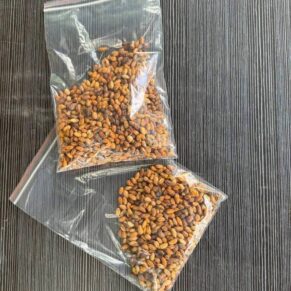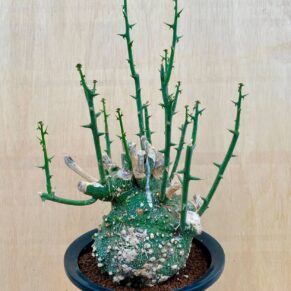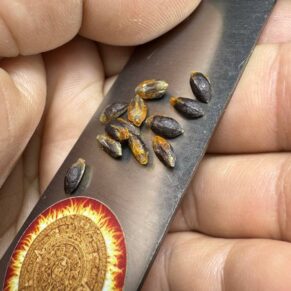- Your cart is empty
- Continue shopping
Shop
Adenia globosa seeds
Price range: $79.00 through $760.00
Discover Adenia globosa, a rare African succulent prized for its caudex, drought resistance, and traditional medicinal uses. Ideal for collectors and gardeners.
Comprehensive Guide to Adenia globosa seeds: The African Succulent Marvel
Introduction
Adenia globosa , commonly known as “Mpaga,” is a remarkable species within the Passifloraceae family, native to the arid and semi-arid regions of East Africa, including Ethiopia, Kenya, Somalia, and Tanzania. This plant is renowned for its unique appearance, medicinal properties, and ecological adaptations. Its swollen, bulbous caudex and thorny, climbing stems make it a standout in both natural habitats and cultivated settings.Botanical Description.Facebook group to see Adenia globosa seeds Fb
Adenia globosa exhibits a diverse growth habit, ranging from a sprawling shrub to a climbing vine. The plant’s most striking feature is its caudex—a swollen, warty, water-storing trunk that can reach up to 2.5 meters in diameter. This caudex serves as a reservoir, enabling the plant to withstand prolonged periods of drought
-
Stems: The stems are slender, covered with sharp thorns up to 8 cm long, aiding in climbing and protection.
-
Leaves: Leaves are alternately arranged, triangular or lobed, and typically no more than 7 mm in length
-
Flowers: The plant is dioecious, with male and female flowers on separate plants. Male flowers are up to 2 cm long with five stamens, while female flowers are about 1 cm long with three styles.Shop here Adenia globosa seeds
-
Fruit: The fruit is a green, leathery capsule, typically 1–3 cm long.Shop here.
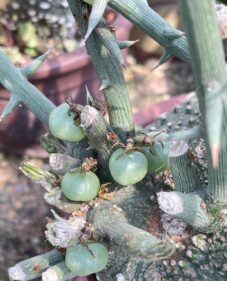
adenia globosa seeds
Habitat and Distribution
Adenia globosa thrives in dry woodlands, deciduous bushlands, and Acacia-Commiphora bushlands at altitudes ranging from 100 to 1,800 meters above sea level. It is well-adapted to scrub savanna habitats, where it plays a significant role in the local ecosystem.Adenia globosa seeds
Medicinal and Cultural Uses
In traditional African medicine, Adenia globosa is utilized for various ailments:Abdominal Pain and Itching: In Tanzania, a cold water extract of the stem is consumed to treat abdominal pain, while an extract is used as a bath to alleviate itching.Shop here.
-
Cattle Medicine: The Maasai people use the tuberous stem as medicine for their cattle.
-
Water Purification: In the Lower Taita region of Kenya, the pilled bulbous part of the plant is used to purify and clean dirty water.g
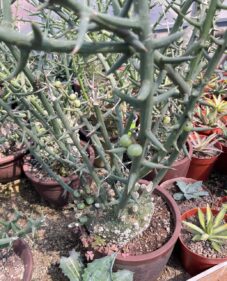
Ecological Significance of Adenia globosa seeds
Ecologically, Adenia globosa contributes to its environment in several ways:
-
Climbing Ability: The thorny stems allow the plant to climb and access sunlight in dense vegetation.
-
Water Storage: The caudex stores water, enabling the plant to survive in arid conditions.Biodiversity Support: By providing shelter and food sources, it supports various local wildlife species.Shop here.
Cultivation and Care for Adenia globosa seeds
Cultivating Adenia globosa requires attention to its specific needs:Light: Prefers full sun to light shade, with the caudex in shade and the leaves in sun.Temperature: Thrives in warm climates and is not frost-tolerant.
-
Soil: Requires well-draining soil, typically a cactus or succulent mix.Watering: Water sparingly, allowing the soil to dry out between waterings to prevent root rot.
-
Fertilization: Feed with a diluted, balanced fertilizer during the growing season to promote healthy growth.
In regions with cooler climates, Adenia globosa can be grown in containers and brought indoors during colder months.
Ornamental Value
Due to its unique appearance, Adenia globosa is cultivated as an ornamental plant in various regions:
-
Landscaping: Its striking caudex and climbing habit make it a focal point in gardens. Indoor Cultivation: Grown in greenhouses and as a houseplant, especially in temperate zones.
-
Trade: Collected, grown, and traded by plant enthusiasts worldwid
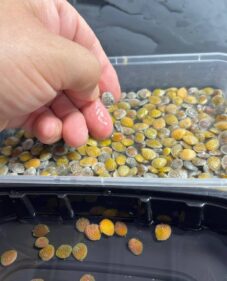
adenia globosa seeds
Conservation Status
According to the IUCN Red List, Adenia globosa is classified as “Least Concern,” indicating a stable population in its native habitat. However, habitat destruction and overharvesting for ornamental trade could pose future threats.Shop here.
Conclusion
Adenia globosa stands out as a multifaceted plant—ecologically significant, culturally valuable, and aesthetically unique. Its adaptability to dry environments, coupled with its striking appearance, makes it a subject of interest for botanists, horticulturists, and plant enthusiasts alike. Whether appreciated for its medicinal properties, ecological role, or ornamental appeal, Adenia globosa continues to captivate those who encounter it.Adenia globosa seeds
References:
| Qty | 50, 100, 500, 1000 |
|---|

